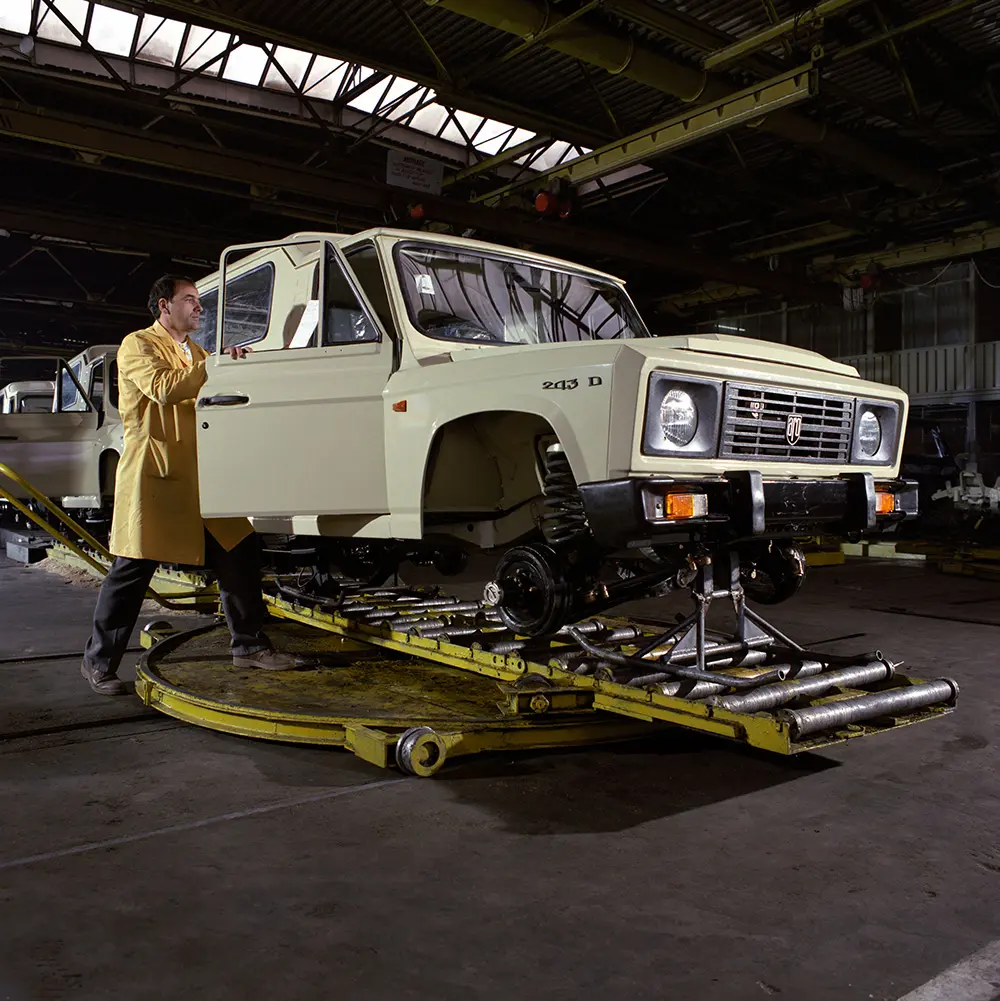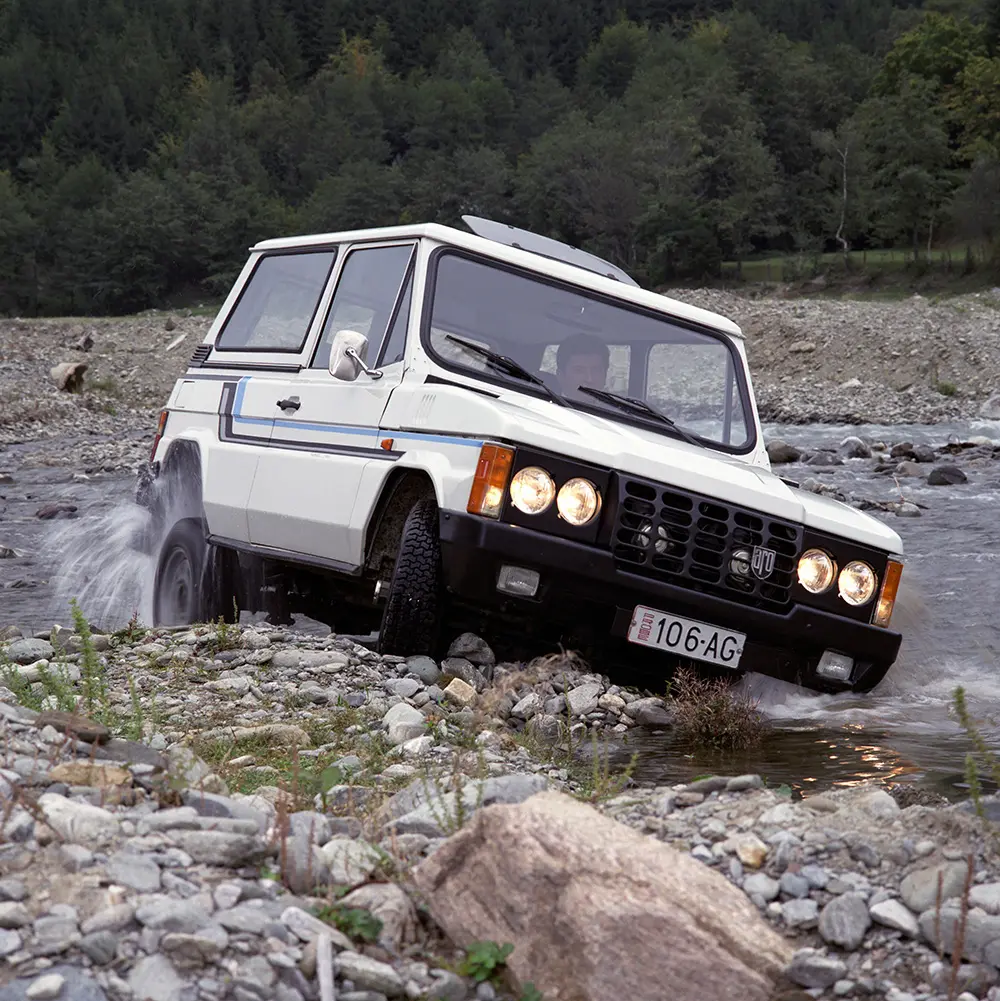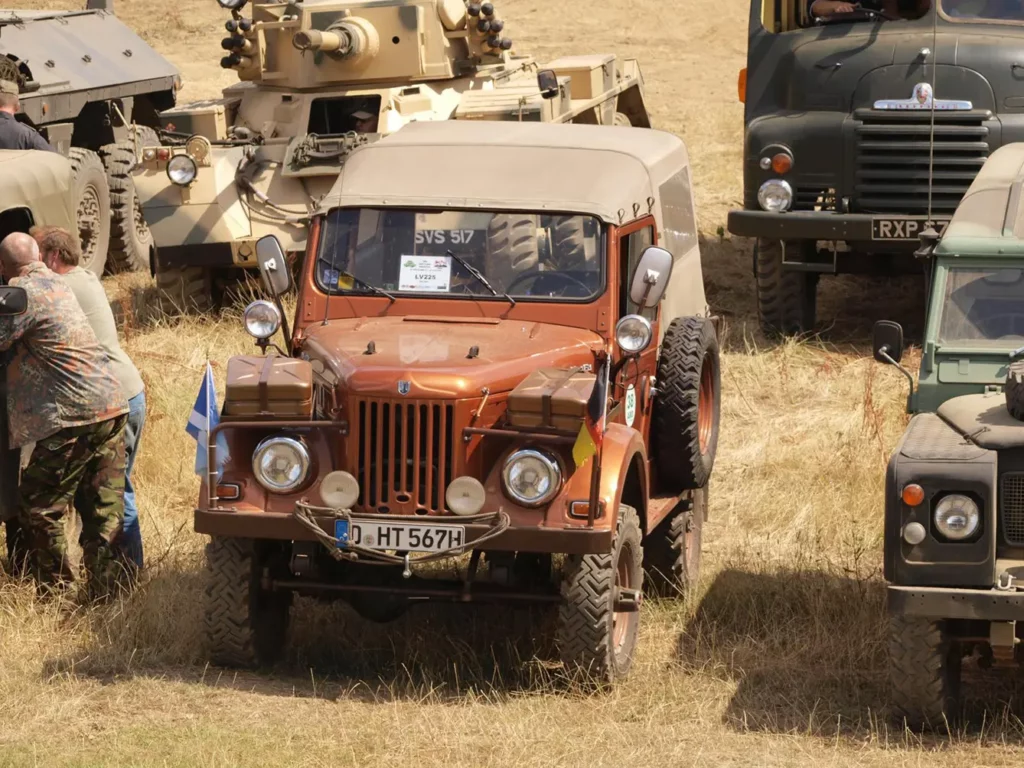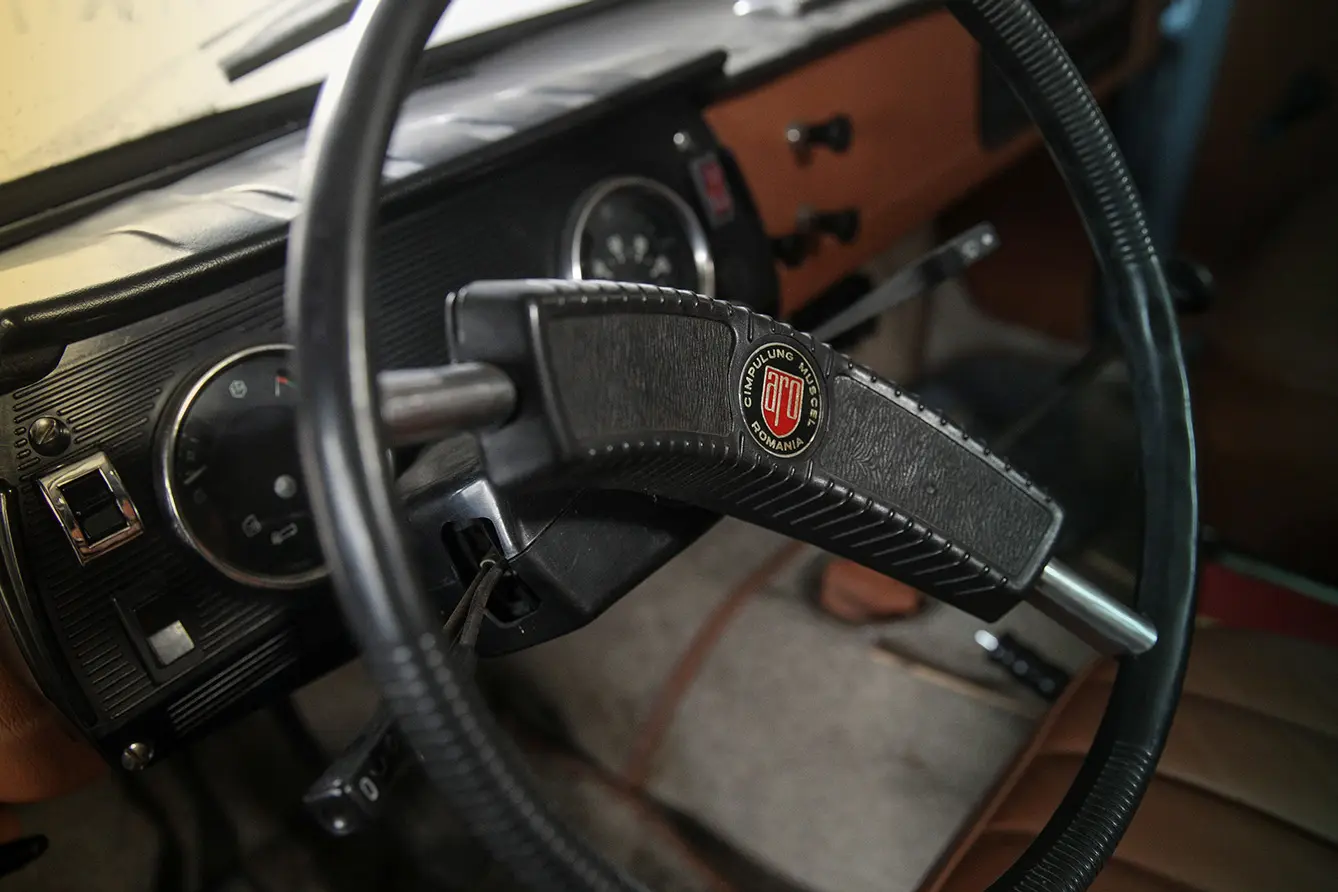The modest beginnings of the ARO originate in the southern county of Argeș. Here, the remains of what used to be a WW2 fighter plane factory served as the birthplace of the beloved Romanian jeep. Aspiring to overrule the performances of the Russian GAZ 69, the prototype called IMS-57 represented the official birth of what was to become ARO, the 100% Romanian off-road car.
It took almost ten years for the automobile to see the light outside the country’s borders, during which the existing models benefited from updates and improvements. And so, starting the day ARO finally began riding down China’s or Columbia’s roads, a new era in the car’s success emerged, one that would not know defeat till the early 2000s.
ARO: taking the world by storm
ARO would live to receive the title of the World’s fourth off-road vehicle during the 1970s. Be it the USA, Africa, Europe, or Asia, and the car was appreciated and coveted worldwide for its design and performance. During the communist times, 90% of the total production of ARO cars was exported to over 100 countries around the globe. The vehicle was considered an elite automobile within the country’s borders, even after 1981, when the ownership regulations were slightly eased. Representing prestige and pride, ARO meant excellence, performance, and class.
As is often the case in life, no good thing lasts. ARO’s fame and popularity marked the beginning of its downfall. The 80s brought upon the communist regime diverging interests that would no longer involve the future of the Romanian car – despite the high international demands for the vehicle. To engineers, it was obvious that ARO’s story was far from ending.
A bright future was envisioned and already in motion. A prototype that would compete with Nissan Terano was the next step, believed to increase the appeal of ARO to no limits. However, this vision wasn’t shared by those in positions to make things happen. Not only was the breakthrough of the ARO stopped in place, but insufficient investment in the factory and scarce resources were also slowly stepping on the brakes of the factory.




Deceit, theft, and scams
You may be inclined to think the events of 1989 finally opened the door for the long-awaited step-up of the factory. But instead of capital and investment, all the new decade and market liberalization brought was deceit, theft, and scams. Unfortunately, ARO was a victim of both national and international maneuvers that eventually put an end, once and forever, to the Romanian car. Credits promised for contracts worth thousands of dollars were proved to be forged, and greedy intermediaries would get between potential clients and the industry.
The factory faced increasing debt, and governmental support was cut off. The already fragile ARO establishment was becoming weaker, and there was no hope in sight. The finishing stroke came in 2003 when what was believed to be a blessing became a curse in disguise. Almost 70% of the company was sold to the Cuban-born American John Perez. At first, it seemed like the light at the end of the tunnel could finally be seen. Investments, rehabilitation and improvement, new models, and a new era for ARO were promised – but never seen.
Moreover, the ARO equipment was sold, and elements of the factory were estranged and stolen. Not only was this John Perez able to rob the national automobile industry, but he also played the cards in such a way that Romania ended up paying him millions of dollars in loss.
ARO’s fall from grace
ARO, the Romanian automobile, the pride, and joy of Romanians everywhere, suffered a tragic death. It went from dominating the high peaks of success to being stabbed in the back by the very ones who were supposed to invest in the advancement of the car. It was forgotten and left to rotten under heavy layers of indifference and negligence, only to meet the final years of its life as a victim in the hands of multiple jugglers who did nothing but darken the already dimming light on ARO’s path to success that was, eventually, never met.
See Also: 100-Year-Old Automotive Company Still a Global Icon







